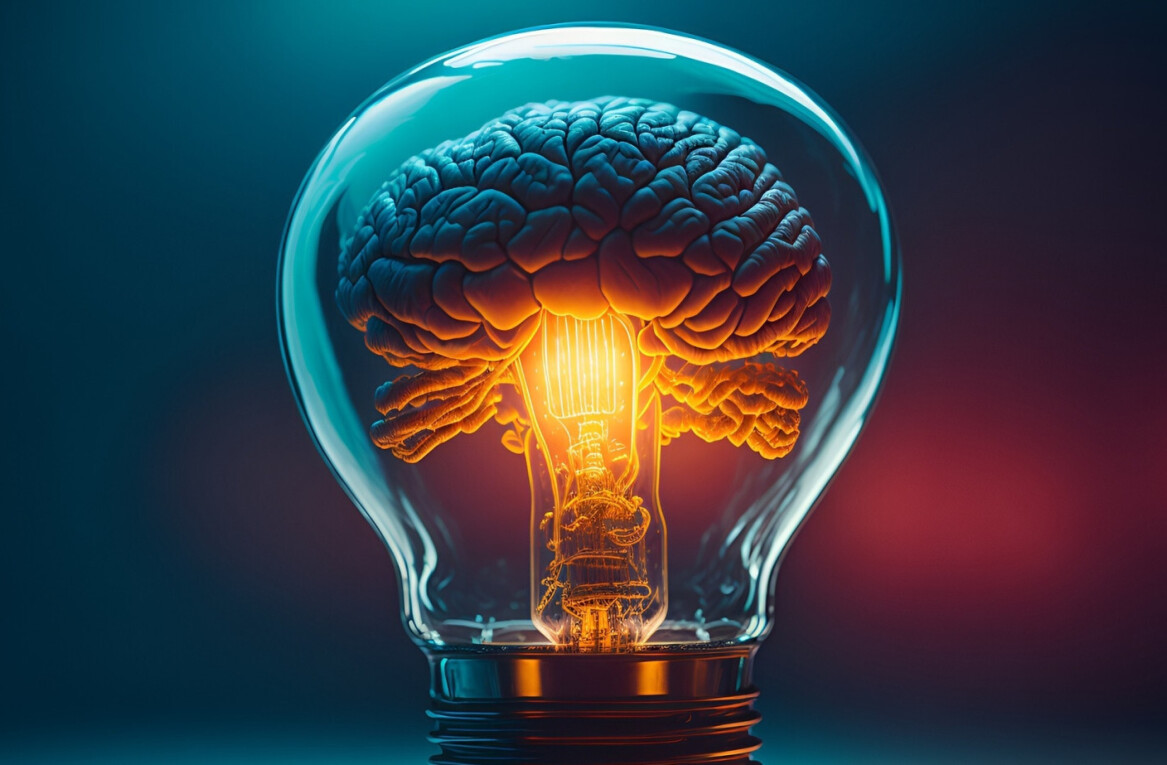
There are probably a billion and one self help books out there claiming to have the key or the secret formula to happiness. Mo Gawdat’s series of books: Solve For Happy: Engineer Your Path to Joy and his upcoming That Little Voice In Your Head: Adjust the Code That Runs Your Brain may seem like just two more to add to the pile. But Gawdat’s story and background, all too familiar for many in the tech industry, drew a large crowd at this year’s TNW Conference.
As the former chief business officer of Google X, the tech giant’s secretive innovation lab for moonshot projects, Gawdat had reached the peak in his career. As a former serial entrepreneur, he had built several successful business ventures, all of which gave him a life of luxury.
But he wasn’t happy.
The Great Resignation and stories of burn out seem to be symptoms of the same seemingly unsolvable question: why are so many tech workers who’ve reached the peak in their careers still unhappy?
As an engineer, Gawdat decided to approach this problem in a scientific manner. Through research into neuroscience, he came up with one simple equation to explain this phenomenon which he outlined in Solve For Happy: Engineer Your Path to Joy:
Happiness is equal to or greater than the difference between the events of your life and your expectations of how life should behave.
On the face of it, this seems fairly obvious. If your expectations from life are much higher than the reality, you’re not going to be happy. But does this mean we need to lower our expectations? Isn’t this the opposite of what we normally hear from self help advice?
But, if you consider the social media driven life we find ourselves in, we’re constantly exposed to images and videos of everyone’s ‘best life.’ Rather than their everyday parking tickets and coffee spills, we see the ultra filtered version of our friends and colleagues lives, enjoying a fancy dinner surrounded by friends, trekking to a waterfall in an exotic location, etc. We don’t see the messy part of life that we all share.
As Gawdat explained to audiences at TNW Conference 2022, his new book That Little Voice In Your Head: Adjust the Code That Runs Your Brain, coming out later this year, will be much more focused on the mechanics of how our brains work and how we can reengineer them for happiness. He believes:
Much like AI, our brains also work like machines that suffer from bugs and mistakes.
Internally, we have a little voice in our heads that continues to replay negative thoughts, from embarrassing mishaps to life chaging decisions, over and over in our heads.
“That incessant thought is the single biggest reason for all mental health issues. Nothing has ever made you unhappy until you turn it into a thought in your brain and continue running it over and over in your mind,” Gawdat says.
According to Gawdat, this process is known as hypofrontality, or the impossibility to get out of our minds. This makes these patterns of negative thought continue on a loop, sometimes for years.
He believes the external content we’re consuming everyday contributes to this negative loop. When it comes to media, the pervasive negativity bias takes a toll on our minds.
The only way for the mainstream media to capture our attention is through negativity. It only shows us what’s going wrong.
In his opinion, continuously being exposed to images of war, the worsening effects of climate change, and more are making us negative and even fearful of what the future may bring.
While many people use meditation today to clear their minds of thought in the attempt to become happier and healthier, Gawdat believes that this is a big misconception.
The value of meditation is not about calming your brain. The exercise is about allowing your brain to go out on a tangent of thoughts and then bring it back again. But, if your brain is thinking good thoughts — think as many of them as you want. Instead, use meditation to bring your brain towards those positive thoughts.
For self help skeptics like myself, the counterarguments may already be bubbling up in your mind, but, I will say this: the amount of people I overheard saying that his book changed their lives as they left the conference hall gives one pause. If it worked for them, why not give it a try?
Get the TNW newsletter
Get the most important tech news in your inbox each week.




